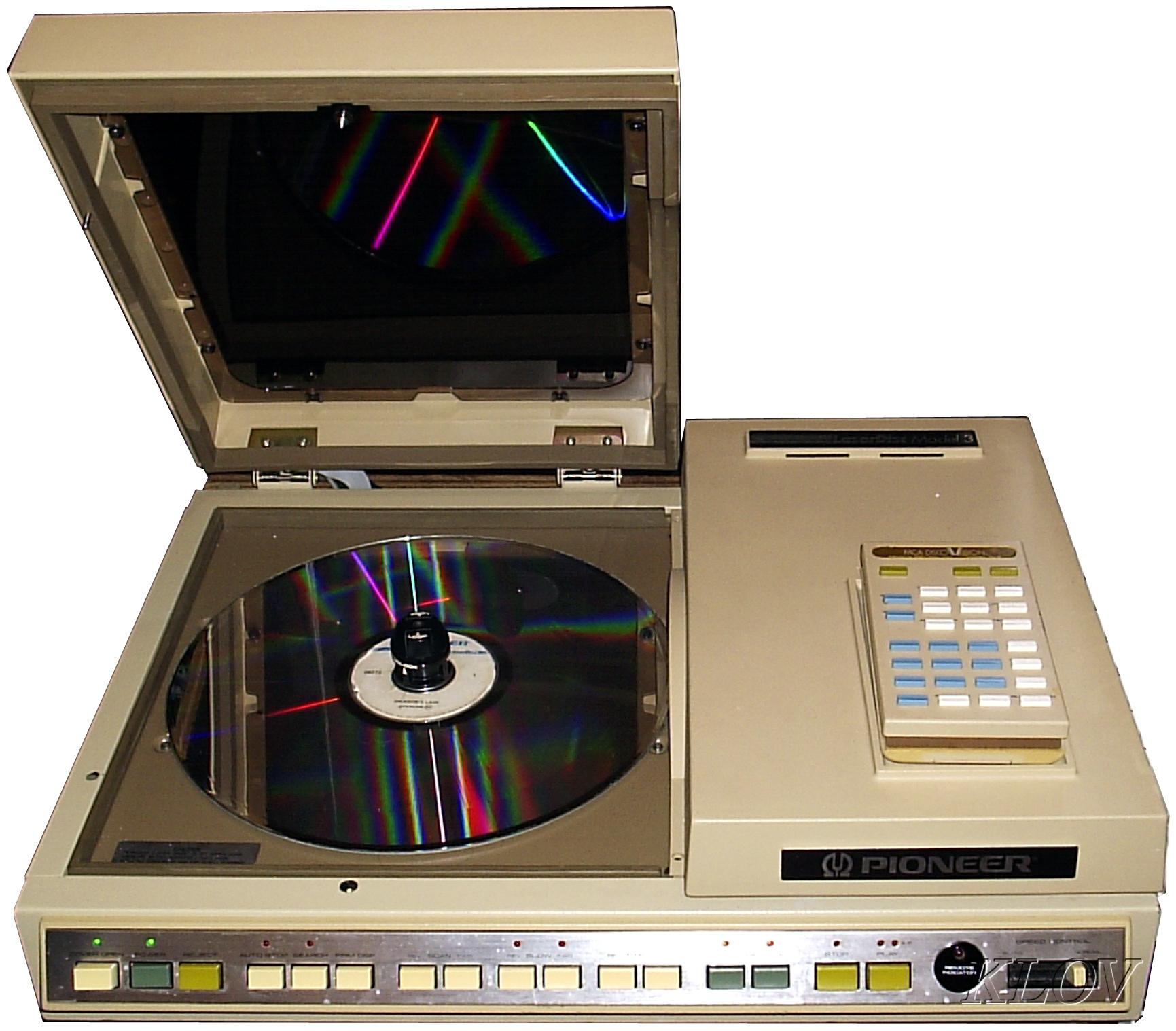Your Quest Awaits!

Fifty cents!! Really, for one game?? Yep. I think we all had that conversation with our friends the first time we encountered Dragon's Lair. But it turned out that the high price was worth it!! I remember when I first encountered the game and thought "wow...it's like I'm controlling a cartoon!!" The arcade game was truly a breakthrough in technology, unlike any others in 1983. Using laser disc technology, Dragon's Lair was a unique game in that there was no control over the main character's actions. Rather, you made decisions for him and then he acted upon your choices. Dragon's Lair has been revered highly in arcade video game history, so much so that it is one of only three games to be displayed at the Smithsonian in Washington, D.C. Let's take a look back at the history of the Dragon's Lair up until this present day.
 Dragon's Lair was the brainchild of Rick Dyer, president of AMS video game company. His concept was inspired by the 1976 text-based computer game Colossal Cave Adventure and the 1982 animated film the Secret of NIMH. The film's director Don Bluth, a former Disney animator, was hired by Dyer to create the animation for Dragon's Lair. The animation, voice acting, and music were all done on a $1.3 million budget. Some of the animators actually used there own voices to cut back on costs. It was completed in seven months and then paired with Dyer's laser disc technology to create a game experience unlike any other at the time. The laser disc helped Dragon's Lair to essentially look and feel like an animated cartoon. The picture quality was incomparable to any other cabinet arcade game at the time.
Dragon's Lair was the brainchild of Rick Dyer, president of AMS video game company. His concept was inspired by the 1976 text-based computer game Colossal Cave Adventure and the 1982 animated film the Secret of NIMH. The film's director Don Bluth, a former Disney animator, was hired by Dyer to create the animation for Dragon's Lair. The animation, voice acting, and music were all done on a $1.3 million budget. Some of the animators actually used there own voices to cut back on costs. It was completed in seven months and then paired with Dyer's laser disc technology to create a game experience unlike any other at the time. The laser disc helped Dragon's Lair to essentially look and feel like an animated cartoon. The picture quality was incomparable to any other cabinet arcade game at the time.Your quest was a simple one...navigate Dirk the Daring through the Haunted Castle, defeat the mighty dragon Singe and rescue Princess Daphne. With hundreds of decisions to make during the game, it was anything but easy. With no higher levels to reach and a point system based on how far you progressed in the game, once you beat it...that was it! (For a person like me, that would be enough in my gaming experience, but others might call that a limitation.) Despite being the first game to cost fifty cents per play, Dragon's Lair was a hit among arcade goers upon its release in June 1983. 1,000 machines were distributed by Cinematronics in the first month and a backlog of 7,500 additional orders was created. In the first eight months, Dragon's Lair grossed $32 million for its game publisher.
Dyer did have some obstacles to overcome after the game release. With the technology being so new and the machines being highly used, frequent break downs occurred. There were also complaints of the long loading times between the game scenes, but Dyer did work through the game's initial limitations. He developed later game models with longer lasting lasers to increase the estimated lifetime to 50,000 game play hours from the original estimate of 650 hours. Another initial hindrance for Dragon's Lair was that it could not be translated well to console systems or home computers. The main reason was the excessive memory it required for the animation. There were however two games released including the pseudo sequel Dragon's Lair Part II: Escape From Singe's Castle in 1987.
 As with some other popular video games of the time, a cartoon series was developed in 1984. Only 13 episodes were created but were popular enough to be rerun into the mid 90s on the USA network's Cartoon Express. In 1990, a NES version was released, with the plot pretty much identical to the first arcade game. However, it did not mirror the gameplay and was criticized for being very difficult. The very next year brought the release of the first arcade sequel Dragon's Lair II: Time Warp. Some new features included linear game play and gold treasures that could be picked up to achieve higher scoring. Dragon's Lair III: The Curse of the Mordread was released to PC in 1993, again with limitations because of the size of memory needed. This game included original scenes and also scenes from the Time Warp arcade sequel.
As with some other popular video games of the time, a cartoon series was developed in 1984. Only 13 episodes were created but were popular enough to be rerun into the mid 90s on the USA network's Cartoon Express. In 1990, a NES version was released, with the plot pretty much identical to the first arcade game. However, it did not mirror the gameplay and was criticized for being very difficult. The very next year brought the release of the first arcade sequel Dragon's Lair II: Time Warp. Some new features included linear game play and gold treasures that could be picked up to achieve higher scoring. Dragon's Lair III: The Curse of the Mordread was released to PC in 1993, again with limitations because of the size of memory needed. This game included original scenes and also scenes from the Time Warp arcade sequel. A true adaptation to the game finally came in 2002 with the release of a special 20th anniversary edition DVD game. At long last, the original feel and gameplay could be experienced at home. Also in 2002, Dragon's Lair 3D: Return to the Lair was released for popular games consoles like Xbox and PS2. It featured the first non restricted movement game, but with the traditional animated scenes in between levels. In 2007, after a six month cleanup process of the original negatives, Dragon's Lair was released on Blu-ray. It became the first title to fully utilize the Bluray Disc Java technology. More recently, Dragon's Lair has even appeared for the Wii console and also as apps for iPad and Droid.
A true adaptation to the game finally came in 2002 with the release of a special 20th anniversary edition DVD game. At long last, the original feel and gameplay could be experienced at home. Also in 2002, Dragon's Lair 3D: Return to the Lair was released for popular games consoles like Xbox and PS2. It featured the first non restricted movement game, but with the traditional animated scenes in between levels. In 2007, after a six month cleanup process of the original negatives, Dragon's Lair was released on Blu-ray. It became the first title to fully utilize the Bluray Disc Java technology. More recently, Dragon's Lair has even appeared for the Wii console and also as apps for iPad and Droid.
I've got to say that this game is one of a handful that has stood the test of time, a true visionary of the 80s. Looking back, it almost seems as if it was transported from the future. I mean, it took twenty years until DVD was able to gives us that 1983 arcade experience at home! That's a long quest! For me, I'm still hesitant to put two quarters into any machine for my kids to play at the local pizza shop arcade...but if a Dragon's Lair showed up and it was a three quarter play, I'd be hitting the change machine!!!
Thanks as always to Arcade-museum.com and Wikipedia.

 shareasale.com
shareasale.com StickerShoppe.com
StickerShoppe.com


 Elfi Santa
Elfi Santa

Follow RD80s on Social Media